
Ontario’s public service heads back to the office, meaning more traffic and emissions
For 15 years and counting, my commute from Mississauga to Toronto has been mired by...
Alberta faces tens of billions of dollars in cleanup costs for oil and gas sites across the province, and perhaps hundreds of billions more if you count the oilsands mines in the north. It’s been a growing problem for years, as the number of inactive and orphan wells pile up.
Now the Alberta Energy Regulator has released what it calls its first annual liability management industry performance report, part of an effort to shed light on the problem and the progress in tackling it since the introduction of new rules and monitoring around the cleanup of old oil and gas sites. The report examines progress in 2022, the first year of the new policies.
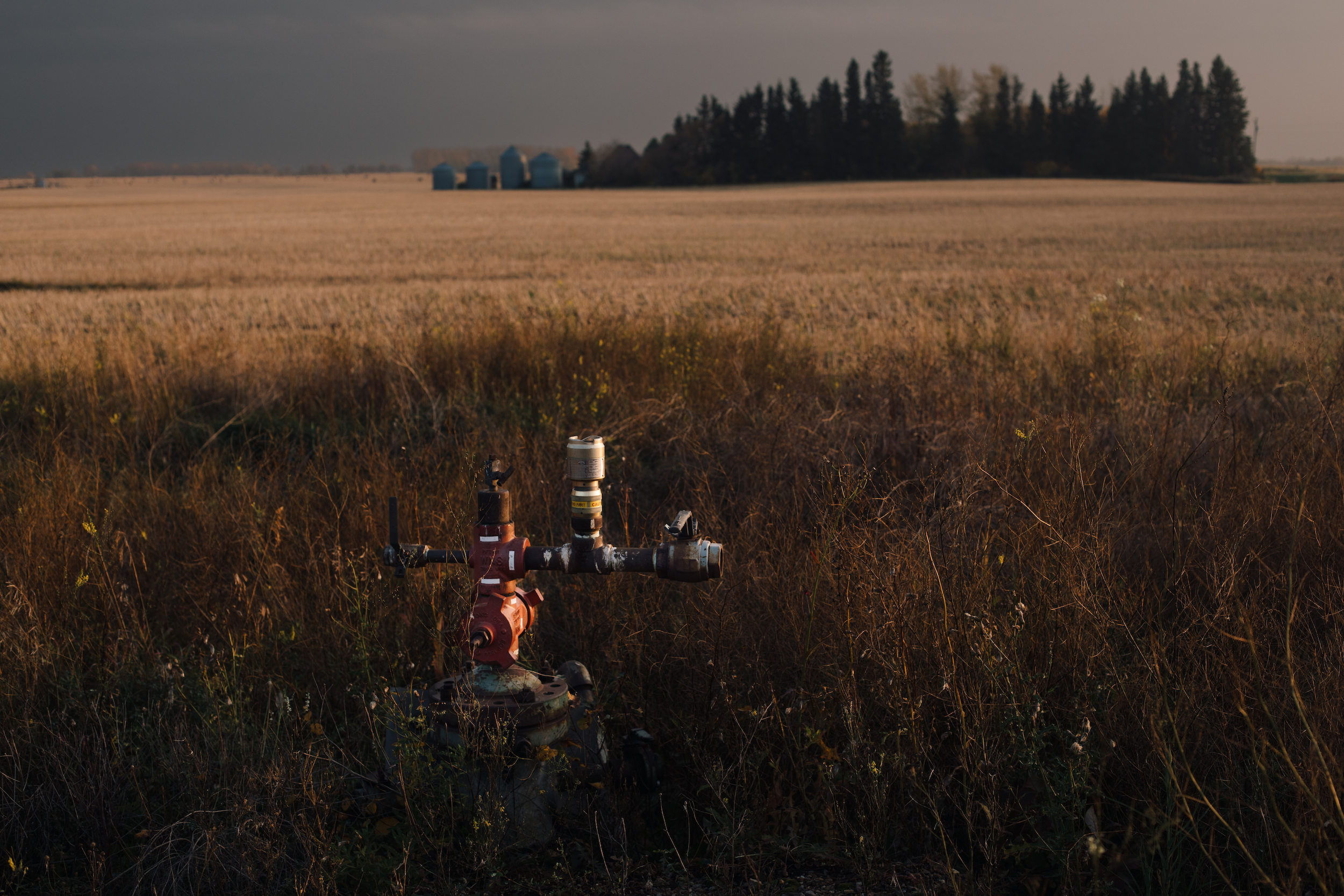
According to the regulator, the number of inactive wells fell from 91,000 to 83,000 in 2022, a nine per cent reduction.
The devil, however, is in the details.
Here’s a breakdown of what the report says (and doesn’t say) about the state of oil and gas cleanup in Alberta.
In 2022, there were 464,000 licensed wells across Alberta and it was up to 468,000 in 2023, according to the regulator. That includes wells that had been officially recognized as fully cleaned up, those that were still active and everything in between.
The in-between is the focus of the new report and of new rules established by the regulator.
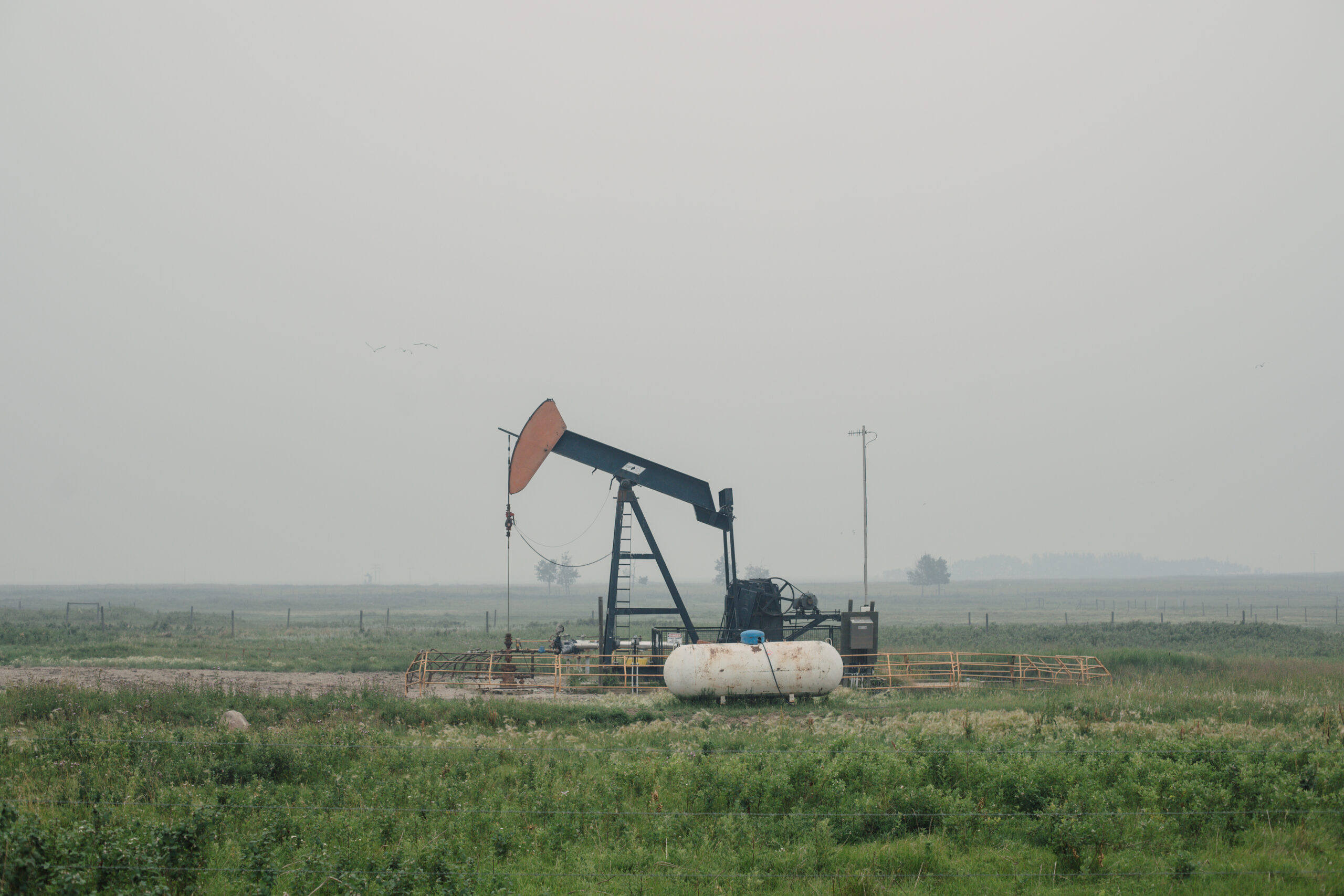
Some of those wells sit inactive, left to degrade without producing any oil or gas. Others have been abandoned, an industry term meaning the infrastructure has been removed and the wells permanently plugged and sealed — but the surrounding land has not yet been cleaned up.
The final stage in the life cycle is reclamation, where the land is supposed to be returned to a state comparable to how it was before the site was disturbed or contaminated.
Industry and government spent $1.2 billion cleaning up oil and gas sites in 2022. That includes $696 million spent by industry, $185 million spent by the industry-funded Orphan Well Association and $383 million spent by the province through its federally funded site rehabilitation program.
The total estimated cost of overall liabilities in Alberta — that’s inactive and active sites — fell by $315 million. Yes, that’s confusing, but stay tuned.
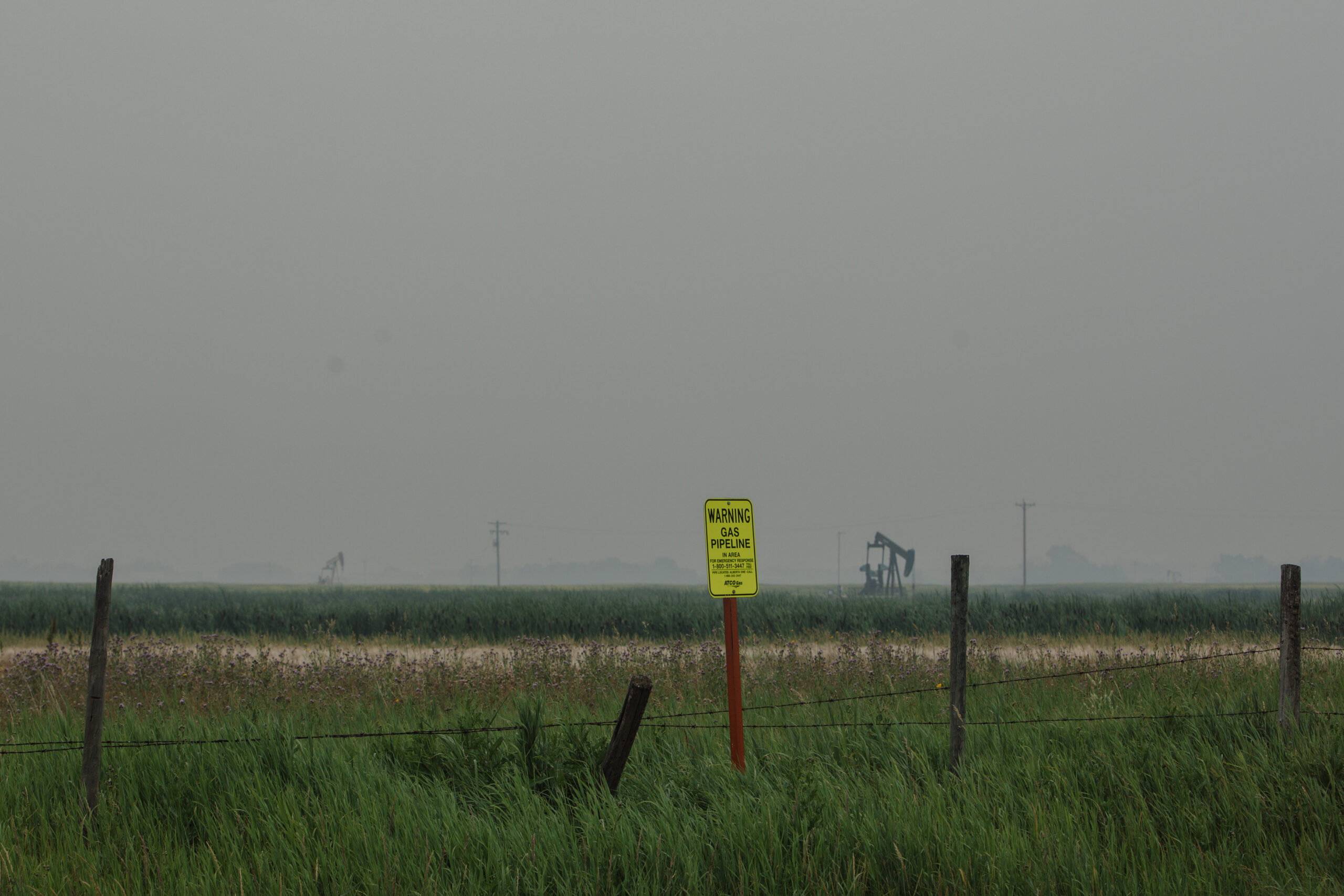
There are rules to set minimum amounts companies must spend each year cleaning up their old oil and gas wells. Industry as a whole was required by the regulator to spend $422 million on cleanup in 2022, meaning it more than doubled the minimum.
These may sound like eye-poppingly big numbers. In reality, they’re a drop in the bucket compared to the latest estimate of total cleanup costs — $33.3 billion not including the oilsands. Those numbers have also historically been criticized for possibly being too low.
While most companies lived up to their obligations, or exceeded them, there were 51 companies that did not, representing $4.2 million in cleanup obligations.
As mentioned above, the number of inactive wells decreased by 8,000 in 2022 and 4,500 wells were certified as reclaimed — meaning that not only have they been safely sealed, but any contamination has been dealt with and the land has been returned to a state somewhat “equivalent” to what it was pre-development. The tally of inactive wells includes those under the purview of the Orphan Well Association, meaning there is no owner, as well as those still connected to a solvent company.
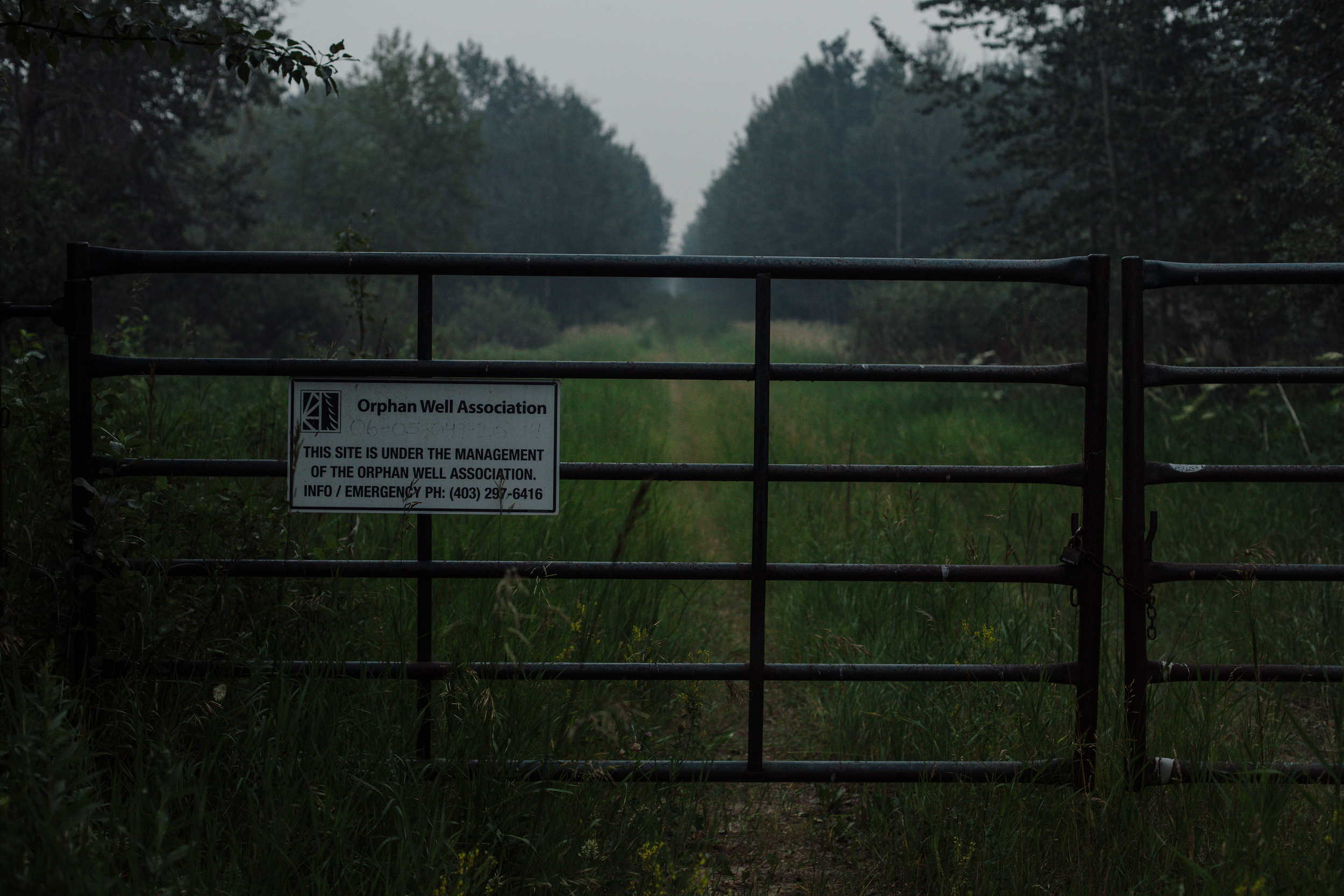
Some of that money went to clean up facilities, as opposed to wells, but to a far lesser extent.
The regulator has also started tracking the financial health of companies in a new way, attempting to get a better sense of who can, and cannot, sufficiently manage their liability obligations.
According to the report, 76 per cent of all estimated cleanup costs — $24.6 billion — is held by companies in “low financial distress,” approximately 16 per cent — $5.6 billion — is held by companies in “medium financial distress,” and eight per cent — $2.4 billion — is held by licensees in “high financial distress.”
Okay, so … That all sounds pretty good. But when dealing with oil and gas cleanup, nothing is as simple as it seems.
For starters, we don’t really have a good sense of the progress on cleanups. This is the first annual report, and the data to correlate spending with results isn’t clear at this point in time. But it is clear the number of inactive wells has gone down — after years of growth.
The money that was spent in 2022 does not necessarily mean the work was completed and the liabilities were moved off the books in the same year. Some of the reductions were the result of spending in previous years and some of the spending this year won’t be counted for some time.
“There is not a one-to-one linkage between closure spend and reduction of liability estimates,” the report notes. “A $700-million quota does not mean a $700-million decrease in the liability estimate. This is because liability estimates only decrease once a closure milestone is achieved (e.g., after decommissioning work is complete and submitted or after a reclamation certificate is issued).”
So that $1.2 billion? The results are spread over years. Approximately $424 million spent in 2022 resulted in a “closure milestone” in the same year.
Adding to the confusion is the fact there was a different liability system in place up until 2021, making comparisons in spending difficult. The regulator also increased its estimates on total liabilities in 2022 for the new closure requirements, which means compared to the previous year, overall liabilities increased by $3.6 billion.
Confused yet?
Further muddying the statistical waters was the federal funding for what was dubbed the Site Rehabilitation Program, which incentivized more cleanup activity in 2022 and makes it difficult to strictly assess the effectiveness of the regulator’s new framework. That program provided a total of $1 billion over three years to oilfield service companies conducting cleanup work.
One thing that is not captured in the report is what kinds of sites were cleaned up — something important when it comes to the cost estimates, timelines and risks posed by sites.
According to documents from 2019 obtained by The Narwhal, the regulator’s own calculations showed many wells the industry is paying to clean up never actually produced any oil or gas, meaning they are far less complicated and less likely to be contaminated. Eighty per cent of reclaimed wells and 44 per cent of abandoned wells — an industry term for wells that have been permanently plugged but not yet reclaimed — never produced, leaving a mountain of more difficult, and more expensive, sites on the landscape.
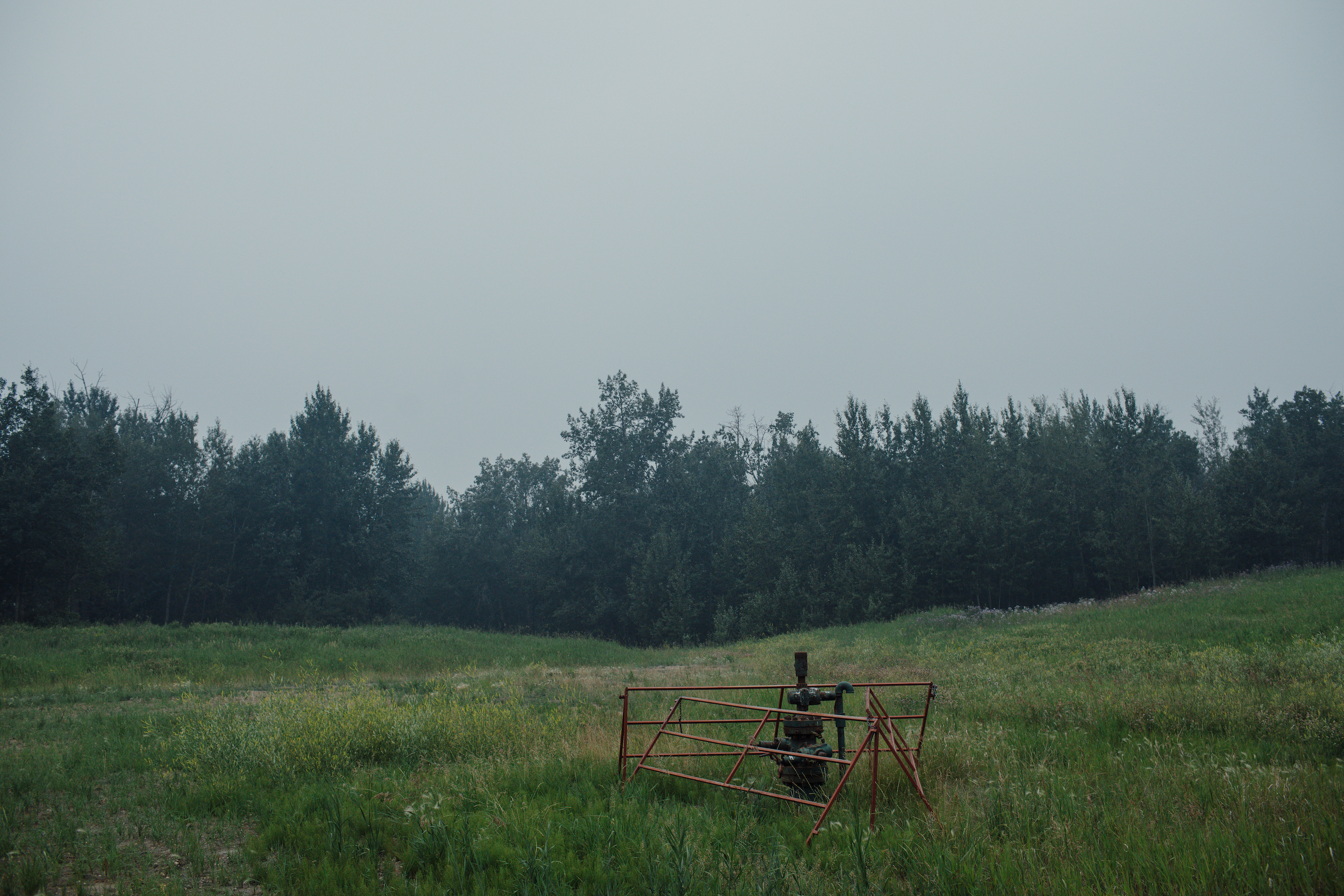
The regulator, in a technical briefing on the report, could not say how many of the sites cleaned up in 2022 were those comparatively easy-to-clean locations.
Anita Lewis, a senior advisor on liability strategy, also said they had not compiled a breakdown of work in 2022 based on risk categories used by the regulator to determine the potential threat to human health and the environment.
The regulator bases its estimates for cleanup costs on what the industry reports. So, if industry is busy cleaning up sites that never produced oil or gas, the estimates will be significantly lower than if it was tackling sites that need remediation from contamination.
In the report, the regulator notes that its estimates of $33.6 billion in liabilities for 2022 and $33.3 billion in liabilities for 2023 “will continue to improve over time as more closure spend data is collected.”
Chad Newton, the manager of planning and business solutions for the regulator, says this first report is a “baseline for assessing industry performance.”
Liability estimates, cleanup costs, spending and tracking of wells will — hopefully — be consistent from one year to the next.
Essentially, it will take some time for apples-to-apples comparisons to become clear as the regulator releases this report annually.
One new feature of the regulator’s liability reporting is listing the companies who did not meet their spending obligations for cleanup and those who did not meet their Orphan Well Association funding obligations.
There were 51 companies that did not spend their required quota on cleanups in 2022 and 78 that did not contribute their share to the orphan fund. The list is made up of smaller companies, including Executive Adventures 2008 Inc., Mutiny Oil and Gas Ltd. and Panam Energy Services.
Under its liability framework, the regulator sets a minimum spend target each year for the industry as a whole. In 2022, that was set at $422 million, but was exceeded by industry.
In 2023 and 2024, that minimum was set at $700 million. There is also a lower spending requirement applied to companies in financial distress — approximately one per cent lower than the regular rate. Companies with liabilities under $50,000 can also post security instead of meeting a yearly quota.
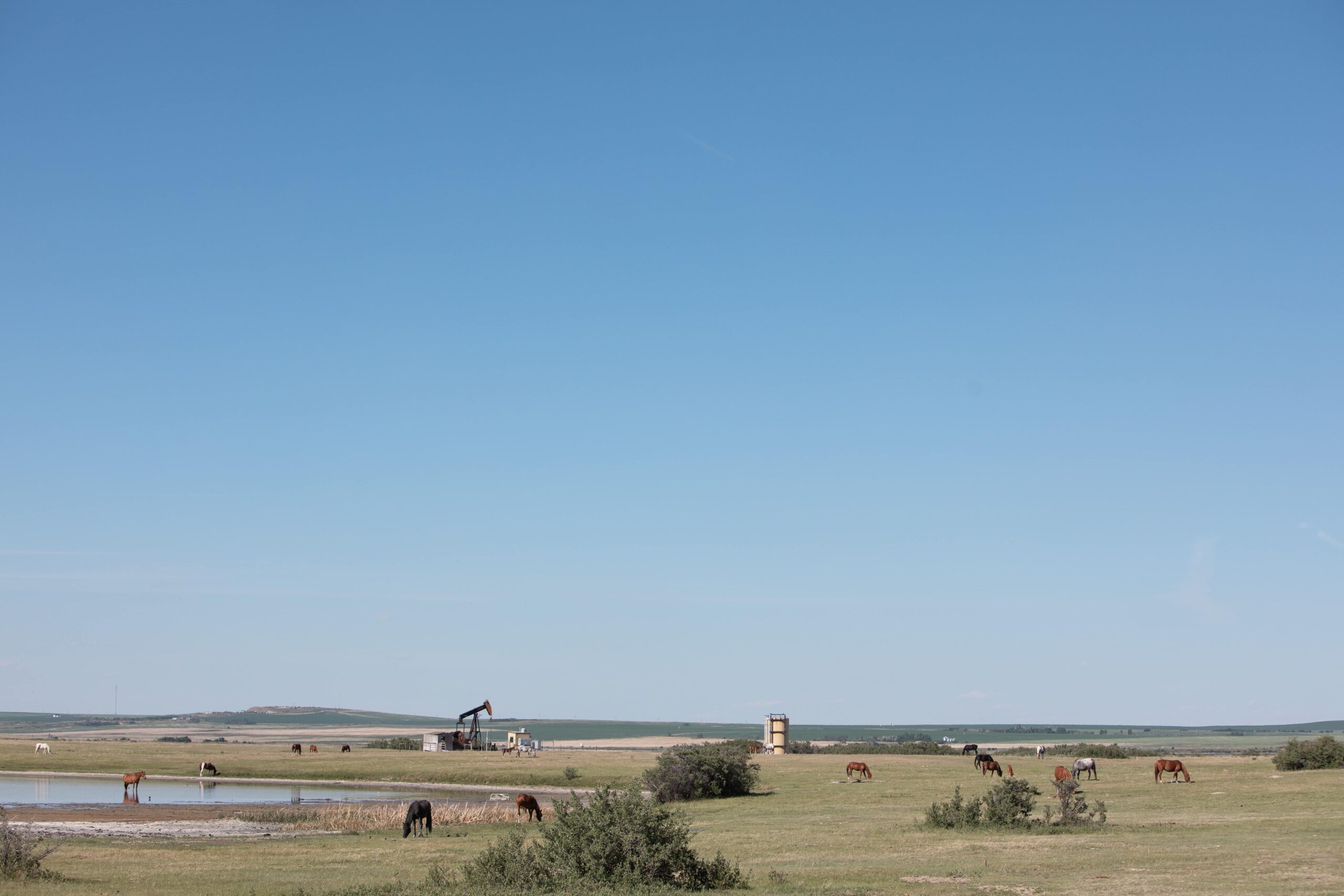
Oil prices have surged and fallen over the past year, reaching nearly US$ 100 per barrel and bottoming out near $65 US. Current prices are hovering around US$ 70. In 2022, the six largest oil companies in Alberta brought in approximately $35 billion in profit. Recently, production hit an all-time high across the province.
Earlier forecasts from the regulator suggested the 2024 spending rate for cleanups would increase to $764 million, but documents provided to The Narwhal show the regulator decided to hold the rate at the 2023 level due to drops in commodity prices, an increase in the orphan levy as well as the impact of “geopolitical and environmental forces” putting pressure on industry.
Those same documents show the regulator might consider changes to the quota program this year.
Enbridge Gas will face Waterloo Region in a hearing before the Ontario Energy Board to renew an agreement that would allow the company to continue...
Continue reading
For 15 years and counting, my commute from Mississauga to Toronto has been mired by...

For our last weekly newsletter of the year, we wanted to share some highlights from...

The fossil fuel giant says its agreement to build pipelines without paying for the right...